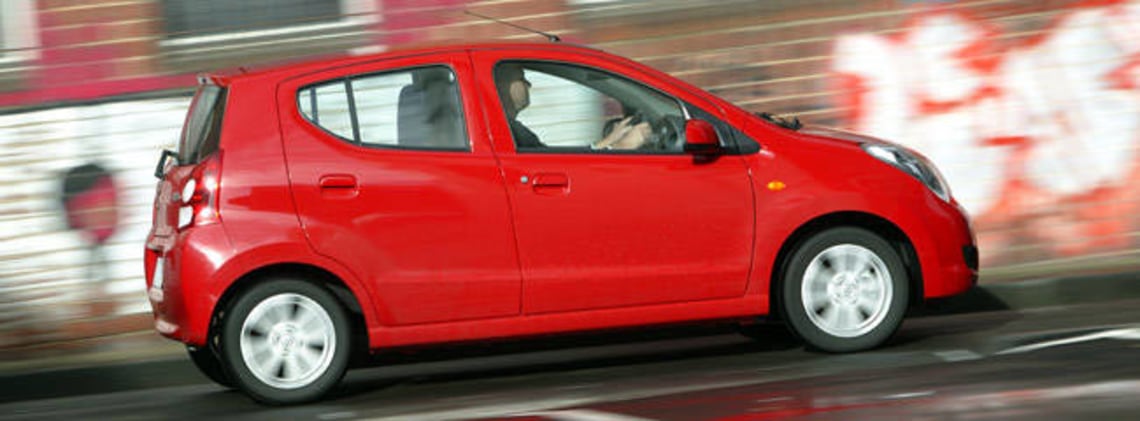
Industry urges 'green' incentives
- Suzuki Alto
- Suzuki Alto 2009
- Suzuki Alto 2010
- Suzuki Alto 2011
- Suzuki Alto 2013
- Suzuki Alto 2014
- Suzuki Alto 1996
- Suzuki Alto 1997
- Suzuki Alto 1998
- Suzuki Alto 1999
- Suzuki Alto 2012
- Suzuki Alto 2015
- Suzuki News
- Suzuki Hatchback Range
- Hatchback
- Suzuki

His views have the support of the peak motoring body the Federal Chamber of Automotive Industries. About 30 importers in the FCAI importers group believe consumers have a right to be rewarded for going green.
"It's got to be a reward basis but what those rewards are I don't know," Devers says. "It could be cheaper stamp duty or free parking in the city. If the Federal Government is keen about the environment and promoting green cars they need to show it."
Devers acknowledges that he has a vested interest in the debate with the company's Alto light car being one of the lowest emitters of harmful C02 gases. "But we really need to open the discussion on this," he says. "We really need a benchmark, whether it's on fuel efficiency or emissions... perhaps anything under 130g/km in CO2 emissions."
Devers also argues that Australian motorists are being denied some of the newer fuels available in Europe that lower emissions. "All this has to be put on the table and thrashed out," he says.
The FCAI chief executive, Andrew McKellar, says the group is working through that process now. "We know other governments around the world use incentives and we need to look at that," he says. The importers' push comes as the FCAI revealed this week that the average carbon dioxide emissions of Australia vehicles is now the lowest on record.
The FCAI says improved engine technology has helped cut the average CO2 emissions. The 2009 National Average Carbon Emission figure is 218.5 grams of CO2 per kilometre, down 1.8 per cent compared to the 2008 figure of 222.4 grams of CO2/km.
All new cars, off-roaders, light commercials and buses up to 3.5 tonne are used to calculate the NACE figure. The FCAI's original target was to reduce emissions from new vehicles from an average 252.4g/km in 2002 to 222g/km by the end of this year. McKellar says the FCAI is now focused on achieving further reductions by 2015 and 2020.








Comments